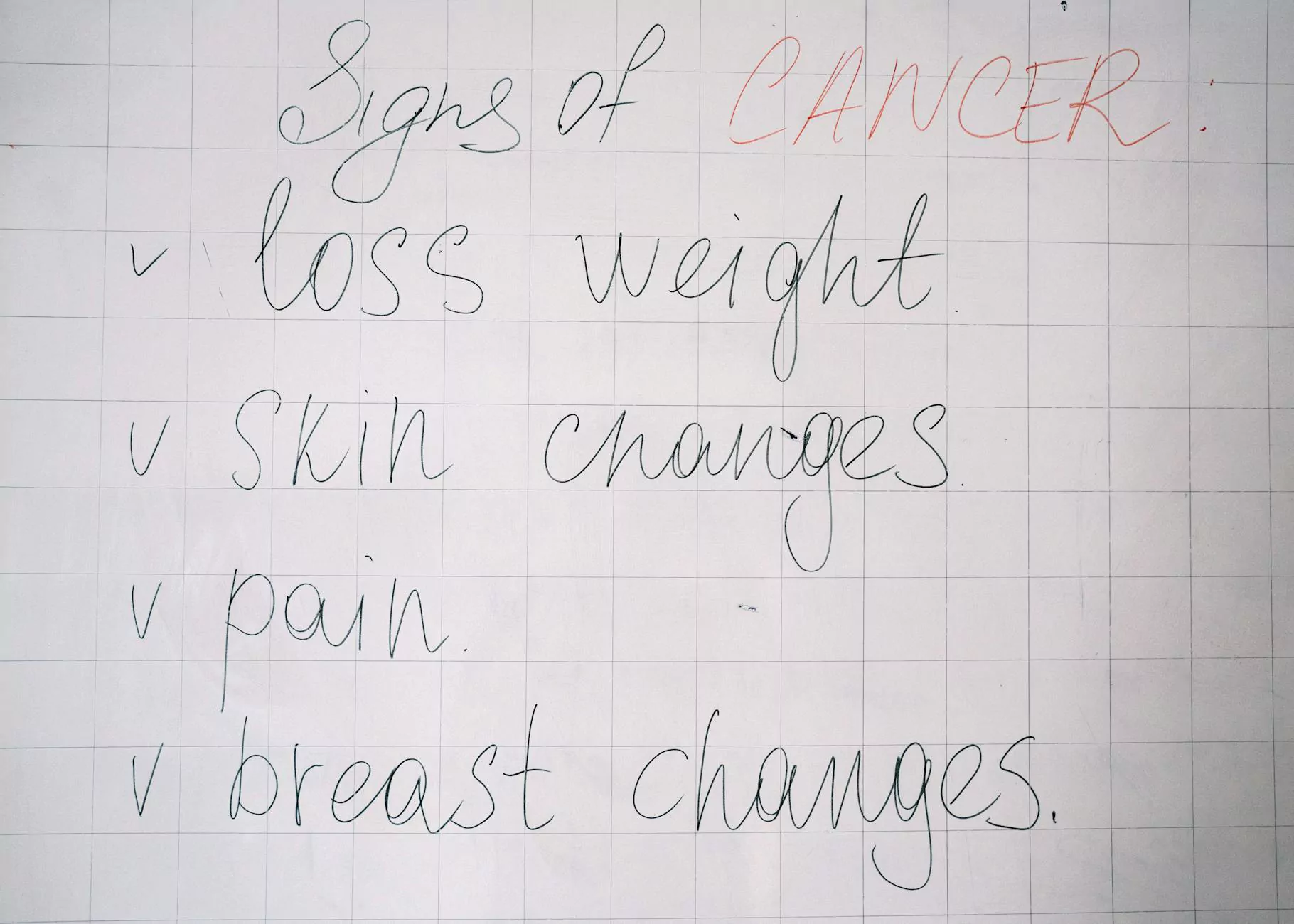Total Hysterectomy Risks: Understanding and Mitigating Concerns

Total hysterectomy, a surgical procedure that involves the removal of the uterus and cervix, is often recommended for various medical reasons, including fibroids, endometriosis, and uterine cancer. However, like any surgical intervention, it carries certain risks that patients should fully understand before proceeding with the operation. In this comprehensive article, we will explore the total hysterectomy risks, factors that contribute to those risks, and methods to potentially mitigate them.
What is Total Hysterectomy?
A total hysterectomy is an operation where the entire uterus is removed. This may also include the removal of the cervix, and in some cases, the ovaries and fallopian tubes might also be removed, leading to a procedure called a salpingo-oophorectomy. This surgery can be performed through the abdomen (abdominal hysterectomy) or through the vagina (vaginal hysterectomy), depending on the patient's condition and the surgeon's recommendation.
The Reasons for Total Hysterectomy
Patients may be advised to undergo a total hysterectomy due to various medical conditions, including:
- Uterine fibroids – Noncancerous growth in the uterus that can cause pain and heavy bleeding.
- Endometriosis – A condition where endometrial tissue grows outside the uterus, causing pain and potential fertility issues.
- Uterine prolapse – A condition where the uterus descends into the vaginal canal, often requiring surgical correction.
- Uterine cancer – A malignancy that necessitates the removal of the uterus.
Understanding Total Hysterectomy Risks
When it comes to total hysterectomy risks, patients need to be aware of both short-term and long-term implications. Understanding these can help in making informed healthcare decisions.
Short-Term Risks
Following total hysterectomy, patients may experience several immediate risks, including:
- Infection: Surgical procedures carry a risk of infection, especially if proper post-operative care is not followed.
- Bleeding: There may be excessive bleeding during or after the surgery that could require additional medical intervention.
- Anesthesia complications: Reactions to anesthesia can occur, which can range from mild to severe.
- Damage to surrounding organs: In rare cases, nearby organs such as the bladder or bowel can be unintentionally damaged during surgery.
Long-Term Risks and Concerns
The long-term implications of undergoing a total hysterectomy can greatly impact a woman's health and well-being, including:
- Hormonal changes: Particularly if the ovaries are removed, patients may experience sudden hormonal fluctuations, leading to menopause symptoms.
- Changes in sexual function: Some women report changes in libido or sexual response after the procedure.
- Risk of chronic pain: Post-surgical complications may include chronic pelvic or abdominal pain.
- Psychological effects: Women may face emotional challenges post-surgery, which can manifest as depression or anxiety.
Mitigating Total Hysterectomy Risks
While total hysterectomy carries inherent risks, there are several steps women can take to minimize complications and support their recovery:
1. Comprehensive Preoperative Assessment
Before undergoing surgery, it is critical to participate in a thorough preoperative assessment. Discussing medical history, medications, and any pre-existing conditions with the healthcare provider can enhance safety during the procedure.
2. Choosing a Skilled Surgeon
Selecting a surgeon with experience in performing total hysterectomies can significantly reduce the risk of complications. Research the surgeon's qualifications, patient reviews, and surgical success rates.
3. Follow Post-Operative Care Instructions
Following the healthcare provider's post-operative care instructions is essential for recovery. This includes guidance on activity levels, wound care, and signs of complications to watch for.
Emotional and Psychological Considerations
Beyond the physical risks associated with total hysterectomy, emotional and psychological well-being is crucial. Women may experience feelings of loss, anxiety, or changes in self-image after surgery. Connecting with support groups and mental health professionals can be beneficial.
Alternative Options to Total Hysterectomy
For many conditions that lead to a recommended total hysterectomy, there are alternative treatment options. Discussing these with a healthcare provider can lead to less invasive solutions, such as:
- Medications: Hormonal therapies or pain management medications can be effective in managing conditions like endometriosis or fibroids.
- Less invasive surgical options: Procedures such as myomectomy or endometrial ablation might be suitable alternatives for certain patients.
- Lifestyle modifications: Weight management, dietary changes, and regular exercise may also alleviate symptoms associated with various gynecological conditions.
Conclusion
Understanding the total hysterectomy risks is essential for making informed decisions about one's health. While this surgical option can provide relief from symptoms associated with various health issues, it is imperative for patients to weigh the benefits against the potential complications. By engaging in open discussions with healthcare professionals and considering all treatment options, women can empower themselves to take charge of their health.
For more detailed information about total hysterectomy and its associated risks, visit drseckin.com, a trusted resource in gynecological health.









